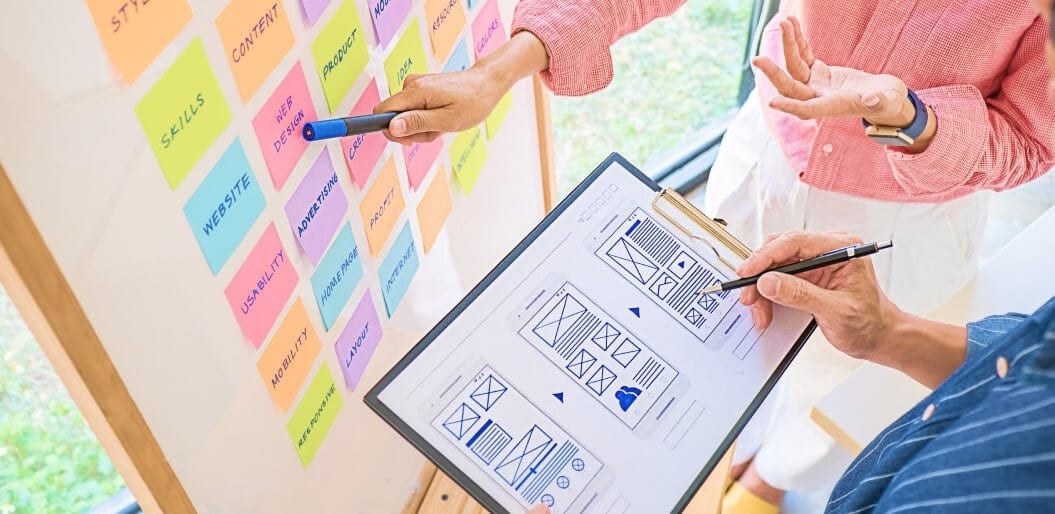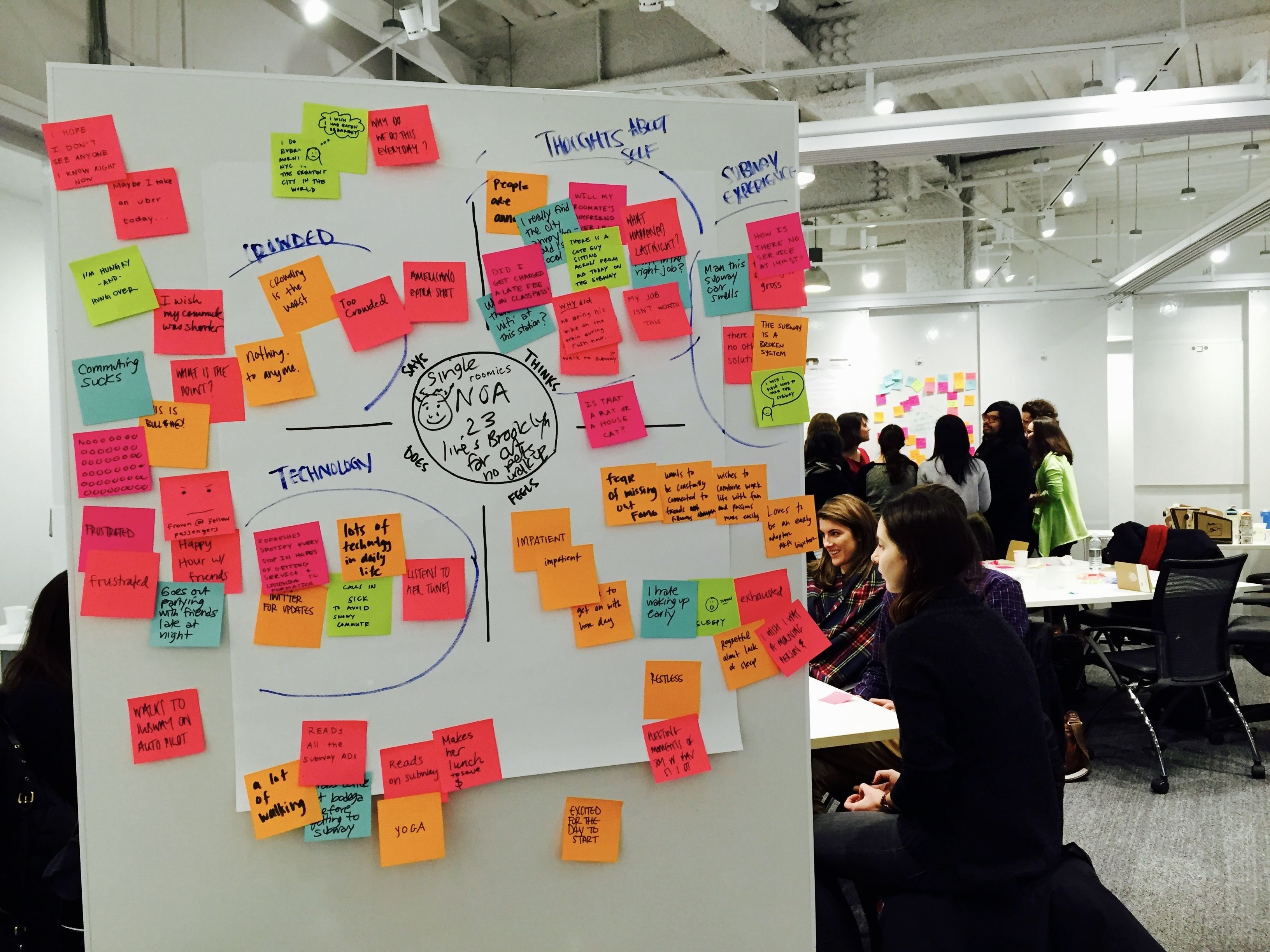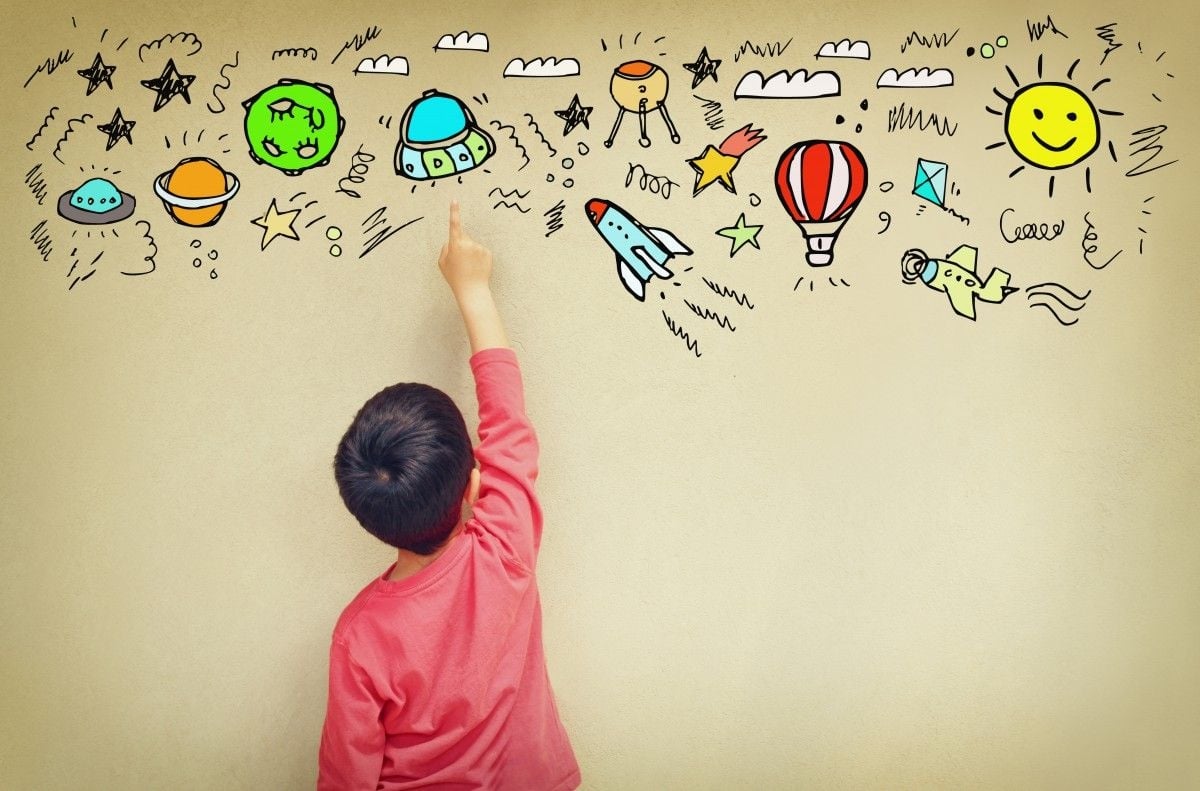How to Use Design Thinking to Make Your Life Happier
We have been working on design thinking at the Stanford School of Design and the Stanford School of Engineering for more than 50 years. It's an innovation methodology that works for services, products, and experiences, like making a sports car with a stunning design or a laptop with a built-in mouse, but I think your life is worth designing in the first place.
Note: This article is from Bill Burnett, Executive Director of the Life Design Program at Stanford University, who talks about mindset shaping.
I co-founded the Life Design Lab platform for courses with Stanford University entrepreneur Dave Evans, where we teach interns how to apply design thinking—both a process and a mindset—to their own lives.
The university has taught us to be skeptical and rational, but this way of thinking will not be of great use when you are trying to do something new that no one has ever done before or that has no clear application. In fact, design thinking states that you should be empathetic and based on what excites you.
At Stanford University, Dave and I taught a subject called “Designing Your Life” and then wrote two books about it: Designing Your Life and Designing Your Work Life. We created a series of online training workshops, and we started teaching the material as an outcome of spending long hours with students and noticing that many of them were stuck in their lives without the tools to progress.
Designers also can't shirk what they got stuck in. I remember when I signed up to become a designer, and I knew then that I was going to work on something completely different, something I hadn't done before and would continue to do throughout my career, which is why I get stuck and then go out and do it again and so on.
Reframing is one of the most important ways to eliminate this problem. It is one of our most potent ways of thinking. Reframing is also keen that we are working to solve the proper issues, as the design of life includes a lot of reframing that allows you to retreat, review your biases and find new solutions. Reframing is necessary to know the real problems and find appropriate solutions to them.
Many people have misconceptions about life that psychologists describe as troubled, and if you want to design your life, you have to reformulate these beliefs. Otherwise, they will hinder you and keep you stuck.
3 Common Misconceptions
1. Your passion will tell you what to do with your life
The presence of passion in your life is a great benefit. This passion turns your dreams into reality, like a child who wants to become a doctor and achieve their wishes and goals in the future. Dave and I wanted more information about passion, so we went to the Center on Adolescence at Stanford University and met with the Center director, Professor Bill Damon. After going deeper into the study of passion and purpose, he found that less than 20% of people have one specific desire in their lives. Still, this belief is wrong; you do not need a passion to start designing your life, and you have to rephrase this belief by confirming that things are fine and as they really should be.

2. When you graduate from university, you should know what to do next, or you will miss the train
Here we asked the obvious question: What exactly are you late for? There is a common belief that after reaching adulthood—around the age of 25—a person must get married and start a family, yet this idea has become outdated as people nowadays live their lives more flexibly and develop their careers between the ages of 22 and 35. New York Times columnist David Brooks calls these years the Odyssey Years, named after the journey of Homer's character Odysseus, in which we explore many alternative versions of ourselves.
Dave and I do not believe in doing anything specific, as the beliefs that “you should do something that has not worked yet” and “you missed the train” are just wrong, so you should put it this way: “I am going to start where I am; I did not miss anything.”
3. You should try to improve yourself
This is a false belief that we absolutely do not like because it only admits that there is one better model and that life is a progression on a straight path towards this better model. There is no evidence that there is a better version of you, but there are many copies of your own that can help you design your life well. Our experience states that life is not a straight direction and that we must rephrase this belief: "Designing life is a journey, so give up the idea of improving your ultimate goal, focus on the process, and watch what happens next."
Now that we've reframed these misconceptions, I give you five helpful ideas from Designing Your Life to try: After all, Dave and I are working on the goal of redesigning human thoughts in hopes of spreading benefit.

5 Strategies for Designing Your Ideas
1. Full-image vision
The first reason people enroll in our courses or read our writers is because they want their lives to be purposeful or meaningful. Dave and I researched the studies and literature on positive psychology and design and came up with three essential identities that shape our lives: who you are, what you believe, and what you do.
If you can connect the three identities, you will find your life more meaningful, and to help see the whole picture, we do two things: First, we ask people to write about why they work and what they think of it within the confines of the page: their theories of work, their purpose and the services they provide.
The second thing is a little harder to do than just one page, but we nevertheless ask people to try to write down their thoughts about the meaning of life, such as why they are in life, their views on how the world works, and their perspectives on life. When you link your ideas about work with your ideas about life, then your life experience will be meaningful.
2. Recognize intractable problems
People can experience a class of issues that we refer to as "intractable problems." We mean the problems are not solvable because they are circumstances. Either you cannot change these circumstances or you are not ready to do what it takes. These are ultimately problems that you cannot solve.
You may have a friend who cannot leave a job; they cannot stand or break up with their partner in a failed marriage. However, these problems remain unresolved. “You cannot solve a problem unless you want to solve it,” says Dave. “Which means that if you have a problem and you simply do not want to solve it, it is just a circumstance in your life, and that circumstance causes an intractable problem that we cannot help but accept.
Once you accept that you have an intractable problem that you can't solve, you have to decide what you want to do. Is this a circumstance you can change and live with? Or do you need to find an alternative solution and do something completely different?
Pay close attention to intractable problems so they don't hurt or get in your way, accept them, and then define a strategy to work with them or find an alternative solution to move forward.

3. Think ahead and make three Odyssey plans
Before we talk about this idea, let's go back to the idea of multiple virtual lives. I like to do a thought experiment with my students in which I say, "Physicists think of the possibility of a multiverse that says there are multiple, parallel, contiguous universes, and let's say you can live in all of them simultaneously; not only that, but you'll see your life in each of them. You can work in any profession you like in each of them, and all these souls can live in parallel. How many lives do you want?”
I get answers ranging from 3 to 10,000, but on average, most people think they have about seven and a half actual good lives that they can live. Then I say, “Great! You have more than one life, so let us make Odyssey plans—which is brainstorming what your life will be like in the future—and think about that other life. We will think about your future, and you will have to imagine three lives.”
Some research from the Stanford School of Education has shown that if you start with three ideas and add to them with brainstorming, you get a richer set of thoughts and more concepts. Ideas are more productive and lead to better solutions than if you just started with one idea and brainstormed based on it. I also think that there's something magical about triads. When we help people imagine three completely different lives, their thinking changes.
To guide our students, we offer the following three models:
- Life No. 1 is the life and job you are currently living; only work on improving it and put the things you want to do on a list, such as going to tourist areas, writing a book, or driving a bike across the country. This is your life and work as they are now, but your work is going well, and your life includes all the extra pleasant things you've thought about doing.
- For Life No. 2, let's imagine that your job no longer exists as a result of AI and robotics. What would you do instead? What would you do if your number-one life disappeared?
- Life No. 3 is your wildest plan, so what will you do if you don't have to worry about money? And if you had enough money—just enough for a decent life—what would you do? And what would you do if you knew that no one would make fun of you no matter what your job was, whether you were an entomologist or a waiter at a restaurant? This is your trump card.
When people make Odyssey plans, they realize that these three parallel lives are all interesting and doable. They also know that there are things and ideas of life that have been dispensed with in business and repurposed in their plans, and sometimes, because of this exercise, people decide to focus on a completely different life plan, and they often use this as a way to imagine the fantastic ways that are all possible and that they can live.

4. Adopt some prototypes
You can immediately start implementing one of the Odyssey plans for your life, but during the design process, after coming up with many new ideas, you have to prototype.
Science fiction writer William Gibson once said, “The future is in our hands, but it is unevenly distributed.” To discover this future, we make a prototype, and when we mention prototypes, we ask, “What would it be like if you tried this potential future simply and easily?”
Prototypes help you to smoothly reveal your assumptions, and you can talk to the prototype, where there is a copy of you working as a waiter in a restaurant for years, and you can talk to them and ask about their experience. Rest assured, someone somewhere is doing the thing you want to make a prototype for them; that is, the thing you care about and they live in your future. All you have to do is talk to them, and they will tell you their story. If you hear something that convinces you, you can adopt it as a possible way forward.
Instead of talking to the prototype, you can try it out. Dave and I were helping a woman in her late 50s and mid-career as a highly successful tech executive, but she told us that she wanted to shift her career from making money to finding meaning. We advised her to go back to college, get a degree in early childhood education, and start working with children. She replied, "I'm not sure. I'm 45 years old. How do I get back to college? Is that possible?" I've heard that millennials don't like people my age, so how do I prototype this?”
We told her, "You just have to try it; it's a prototype experiment." We sent her to get an idea of a classroom, and although she wasn't an officially registered student, she came in and sat down to listen, and when she came back to us, she said, "It was a great experience. I walked into the lecture hall and sat down, and I was so excited. The lecture was so much fun, and then I met young millennials, and they turned out to be very pleasant people, and they thought I was interesting too because I was going to resume my studies at age 45, and I made three prototypes to talk to them."
We conclude here that our minds don't mold us alone, and when you have a tangible experience using your five senses, it's a great way to see if one of your ideas is right for you.
5. The Right Choice
Many people make decisions they later regret, worrying about not choosing the right thing or worrying about whether or not they've made the right decision and whether they want to change their mind.
Narrowing down your choices can be very simple when you understand the psychology of decision-making, and after making logical lists of the pros and cons of the decision, your choice is based on intuition, so pay attention to what your senses tell you and the feelings your body tells you, without which you will not be able to make good decisions.
After following your intuition, you must give up all other options and move on. By the way, this has always been the hardest part for me, but there is evidence that “sharing” is the best way to choose. In the psychology experiment conducted by Dan Gilbert, a professor of psychology at Harvard University, the researchers presented five paintings by the French painter Monet in front of the participants and asked them to rank the paintings from best to worst.
Then the researcher said to some participants: "I bought a lot of drawings; if you want to take one of them, it's okay," and then the researcher said the same phrase to other participants, but added: "If you do not like the portrait you chose, you can go back and replace it with another," and then returned these people a week later and asked them about their favorite paintings. They found that the people who were allowed to change their minds did not like the portraits they took and did not like any of the many more.
While people in the other group—those who were told they couldn't change their minds—liked their paintings more and found them better than before, the lesson from this experience is that when given a choice, a changeable state doesn't lead to happiness, so go ahead and make a good choice, then make it final, and you'll be happier.
Once you are good at collecting, forming, and choosing ideas, you should also make sure to make room for the ideas you discover by chance or luck, as luck is about paying attention to the task at hand while maintaining the breadth of the overall vision and your peripheral vision shows enjoyable opportunities that you did not expect and taking advantage of these opportunities is what is called luck.
We know you can design your life because thousands of students, people in the middle of their careers, and people considering retirement have already done so, and Ph.D. research has found that our courses develop higher self-efficacy and fewer false beliefs in people, helping them feel what David Kelley calls “creative confidence.” It was great watching our students walk around the classroom and come out saying, "You know what? I think I'm a very creative person!”
Designing your life idea is very simple: be curious, talk to people, try things out, and tell your story. This is how you achieve a well-designed, productive, changing, and evolving life where there is always the element of surprise.